8. Chronicle (2012)
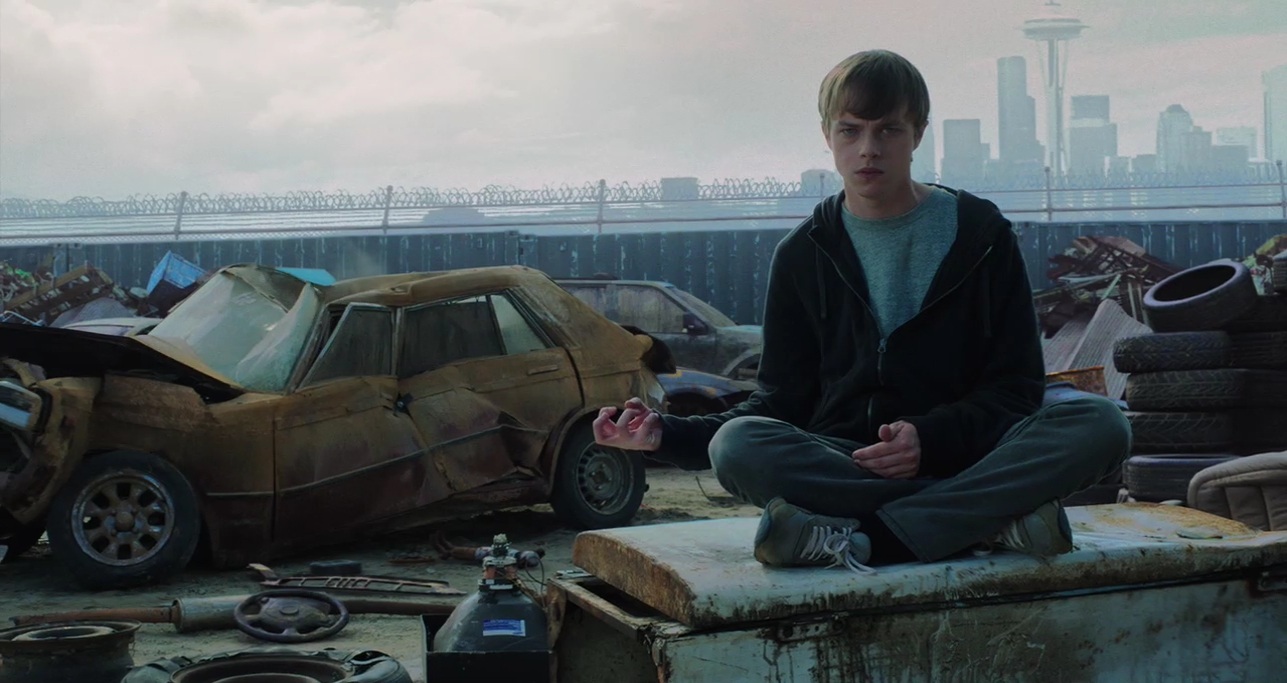
Found footage cinema has gone through a resurgence since the release of Paranormal Activity back in 2007. Since then, numerous found footage horror films have been released in an effort by studios to capitalise on the sub-genre’s popularity with minimal financial risk. So when the style was incorporated into a superhero film, some were wary.
However, despite being the debut of director Josh Trank and writer Max Landis, the use of found footage simply added to the original twist on the superhero origin story. Unfortunately, with the recent popularity of superhero reboots, origin stories, including those that audiences are most familiar with (Spider-Man, Batman etc.), have become all too common.
Trank and Landis instead show a grounded depiction of what would happen if three teenagers discovered abilities such as flight and telekinesis. Originally, the three find joy in playing pranks, travelling around the world and impressing girls. However, the film also explores the dark path one can take with powers, especially from a teenager struggling with bullying and an abusive parent.
Found footage has become a cheap gimmick for some horror films, however, when used correctly, it can contribute to the overall tone of the film. Chronicle is gritty depiction of youth masquerading as a superhero origin story.
7. The Dark Knight (2008)
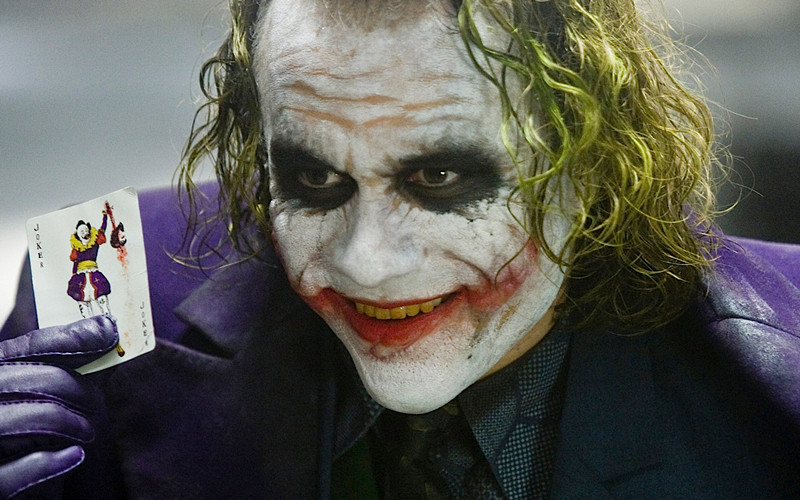
Widely considered to be the greatest superhero film ever made, The Dark Knight is also a film that challenges the traditional formula of the genre and popularised the ‘realistic’ superhero film, one that grounded superhero tropes in a reality that seems plausible for contemporary audiences.
Christopher Nolan tried the same thing back in 2005 with Batman Begins. While the film does contain some grandiose ideas, such as the League of Shadows and the plot to destroy Gotham City, Nolan did try to establish a realistic origin story for Batman, starting with his psychological journey to vigilantism as well how he acquired his equipment.
The Dark Knight takes this a step further, namely with the film’s antagonist: The Joker. Nolan’s Joker is not a cartoon villain; rather he is a terrorist motivated by anarchism. His actions are not goofy or imaginative but are rather plausible for a world all too familiar with terrorism. Nolan made a superhero film that was a response to the war on terror.
The Joker’s strength lay in his ability to turn the people of Gotham not just against each other, but their own values. Citizens are confronted with dilemmas such as whether to sacrifice Batman for their own safety or whether they would blow up a ship filled with convicts to protect a ship filled with civilians.
Another forgotten aspect of the film is the role of Harvey Dent in the film. In previous instalments, Dent was portrayed as a gang leader driven mad by the acid attack that left him with his trademark scars. Instead, Nolan’s Dent is affected not by the injury, but by the loss of his fiancé. His flexibility in regards to the law (symbolised by the two headed coin) is changed into a black and white view where a flip of the coin is absolute.
Two Face is now a contrast to Batman: two vigilantes that have taken the law into their own hands. Are they any different from one another? Batman may have a rule about not killing, but he is willing to violate the privacy of millions of Gotham citizens, something a little too familiar.
6. Kick-Ass (2010)
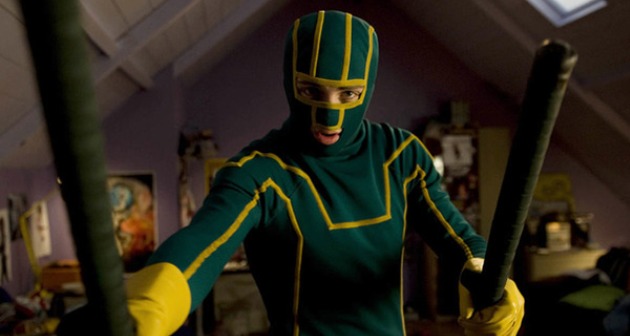
Writer Mark Miller has become a leading figure in the recent trend of subverting the superhero genre. Comics like Nemesis, The Secret Service and Old Man Logan all challenged established genres (superhero, spy) and characters (Wolverine) that had become popularised within contemporary culture.
However, Matthew Vaughn’s adaptation of Kick-Ass remains one of Millar’s most shocking works. While most of the controversy for the film emerged after a trailer depicted pre-teen Chloe Grace Moretz (who play Hit-Girl) swearing at drug dealers, the film’s violence was also a key talking point.
The film was a slap in the face to every comic book fan who ever wanted to be a superhero. The violence is horrific and the villains are vicious killers. Dave Lizewski’s aspiration to yield respect as a scuba suit wearing, duel baton wielding superhero quickly leads to horrific violence against him, those around him, innocent civilians and, especially, a lot of bad guys.
The violence is over the top but Vaughn’s use of aestheticization of violence plays on the audience’s cartoonish expectations as well as reminding them of the violent reality that is being whitewashed.
Kick-Ass arrived in cinemas during a period when comic book cinema was dominating the pop culture scene. The films violence and self-aware humour helped break the traditional mold leading to more daring superhero films in the future.
5. Super (2010)
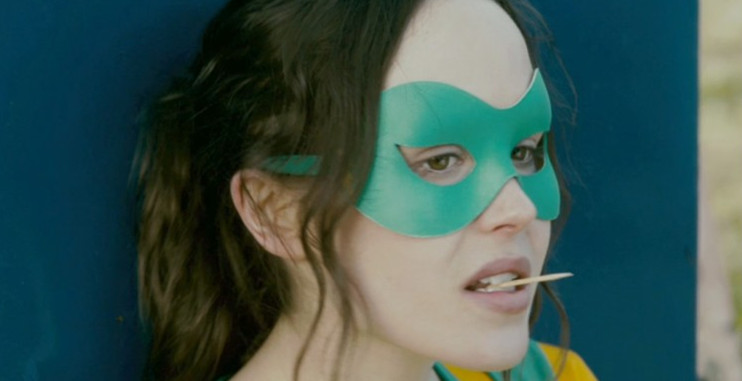
Released the same year as Kick-Ass, writer and director James Gunn’s sophomore effort was quickly forgotten due to the mainstream success of the former. However, looking back, Super was clearly the superior film as its depiction of violence in the world of superhero vigilantism is not just extreme, it even becomes disturbing.
Unlike the sweet and innocent Dave Lizewski, Rainn Wilson’s Frank Darbo is a much more disturbing incarnation. Darbo opens the film telling the audience of the two proudest moments of his life: his wedding and the day he directed a police officer to arrest a purse-snatcher. When his wife leaves him, Darbo assumes the identity of The Crimson Bolt who attacks criminals armed with a wrench.
The only problem is that Darbo’s sanity seems to be slipping. His attempts to fight crime quickly become acts of violence against anyone that he dislikes, including a man who cut in line at a movie theatre. Even his sidekick Libby, who assume the name of Boltie, reveals her own sadistic and violent tendencies as she enjoys eviscerating unfortunate henchman.
However, it is the ending that will leave audiences shocked as we watch Darbo’s transformation from superhero to vigilante to killer. Despite the cartoonish sound effects printed on the screen (a homage to the original Batman) we watch as Darbo massacres henchmen after henchmen, many of them pleading for their lives.
4. Logan (2017)
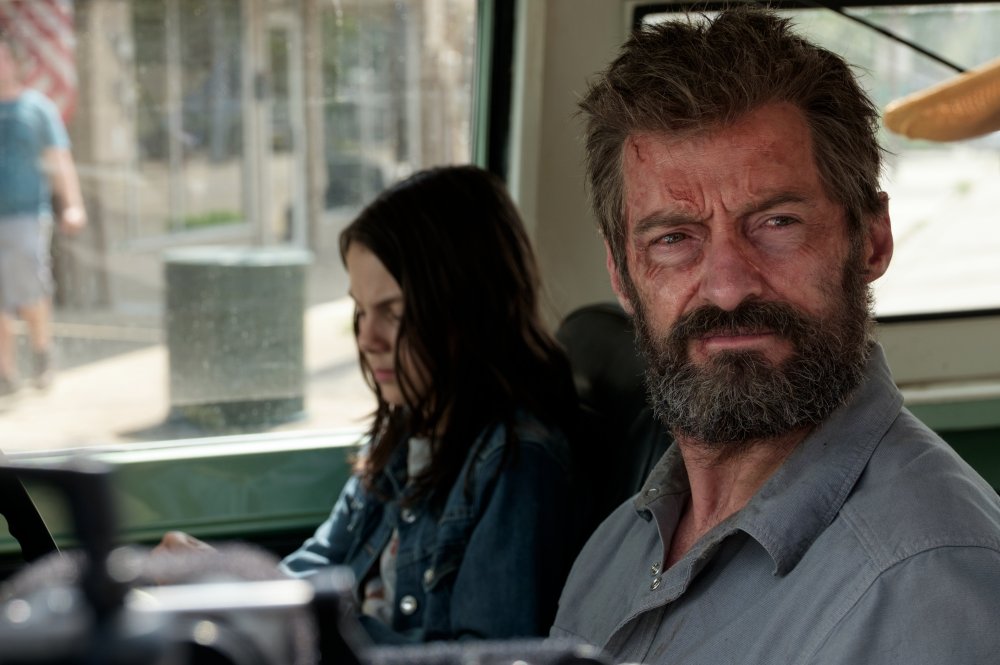
While many superheroes, including Batman, Superman and Spider-Man, have all been recast multiple times, Wolverine has been a beacon of consistency. Hugh Jackman has made the role his own, playing the mutant for nearly twenty years in nine films. Despite several reboots, with the rest of the team re-cast, Jackman has been a consistent presence throughout the series however, this was to be his last performance in the iconic role.
But Jackman was not interested in just another Wolverine film. Instead he and director James Mangold (who worked together on The Wolverine) wanted to make something more akin to an old school western.
The film even shows Charles Xavier watching Shane with the young Laura, reminiscing about his own childhood. But this is more than just homage. Logan is a film aware of its own legacy. The X-Men have been immortalised in the world of the film through comics and other mediums (something that infuriates Logan).
Logan has incorporated aspects of Westerns and post-apocalyptic cinema, creating something that is more human than superhero. Logan is not just a film that changed the formula for the genre, it changed it for fan favourite superhero.
3. The Incredibles (2004)
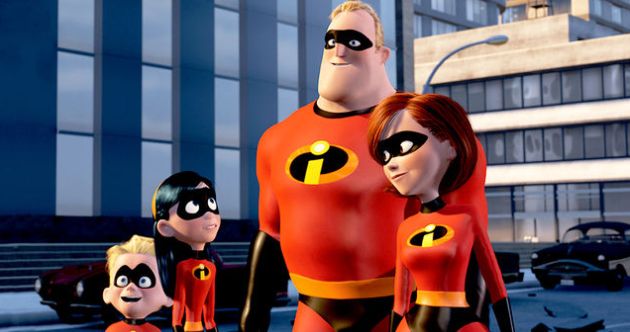
On the surface, The Incredibles was simply a Fantastic Four rip-off, a chance for Disney to capitalise on Marvel’s recent success. However, director Brad Bird’s second film, and first for Pixar, is more than just an animated rehash of old genre tropes. Instead, it is a subtle satire of the genre, giving audiences a glimpse at a plausible world where superheroes operate within society.
When one superhero, Mr Incredible, is sued after saving a suicidal man (injuring him in the process), society quickly turns against superheroes outlawing them and forcing them to live normal and mediocre lives. Lawsuits against superheroes is a hilarious concept, mostly because it is believable. Not only does it explore how contemporary society would respond to superheroes, but how superheroes would respond in a world where they are forced to conceal who they are.
Bird was criticised by some critics who saw aspects of Objectivism, the philosophy conceived by Ayn Rand, present in the film. Bob Parr rails against the celebration of mediocrity while Syndrome discusses giving everyone technology to make them super so that no one would be. Despite this theory (which Bird disputed), the film is more of a family drama with themes of positive self-image that uses both the superhero and spy genres to convey the message.
2. Deadpool (2016)
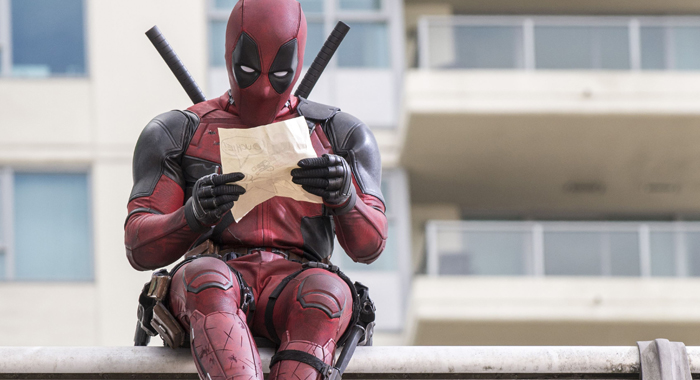
A violent, profanity laden, self-aware, fourth wall breaking superhero known for mocking his own existence as a comic book character, not the easiest character to adapt to the screen.
Since his conception in 1991, Deadpool has been a fan favourite, the ‘merc with the mouth’ has perfectly mixed humour with action. But adapting him to the screen has proven difficult, with studios more interested in creating a more conventional hero, something that created very mixed results in 2010 with X-Men Origins: Wolverine.
However, Ryan Reynolds remained dedicated to the source material and thanks to a piece of leaked test footage shot by first time director Tim Miller, fan interest peaked and 20th Century Fox finally gave the film the greenlight. Despite a mature rating and a hero not too familiar with audiences, Deadpool was a surprise hit in 2016, prompting much soul searching within the industry.
While some credit the film’s violence, humour and satirical edge, most agree that the film worked because it tried something different. Even though the story at times did adhere to the traditional superhero formula (the protagonist victimised and assuming the hero role to exact revenge and protect the love of his life) yet the film does it with tongue in cheek.
Reynolds’ Wade Wilson frequently breaks the fourth wall and not only addresses the audiences, but emphasises his own familiarity as a pop culture icon. He subtly reference Deadpool’s original incarnation in X-Men Origins: Wolverine as well as frequently mocking former co-star Hugh Jackman.
1. Unbreakable (2000)
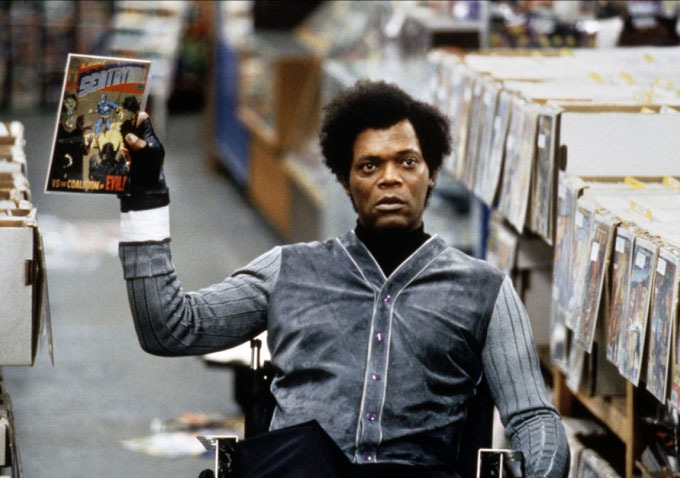
It is quite appropriate the number one film on a list about subverting the superhero genre is a film that, arguably, is not a superhero film at all. Some might disagree but this is a film, after all, that does not contain any superpowers. While it is strong hinted, M. Night Shyamalan never actually reveals if David Dunn actually possessed any superpowers to begin with.
While Unbreakable was a financial and critical success, it failed to reach the same level of acclaim that The Sixth Sense did. However, the film has rightfully found a cult following, most likely because it has aged well in a market saturated with superhero films. Shyamalan finds the tension more in what we do not see rather than what he shows on screen.
A train disaster would be too irresistible to most filmmakers, but Shyamalan shows us only the aftermath, with an uninjured David being interrogated while the only other survivor lays dying in an operating room.
Unbreakable is more than just an examination of superhero culture, it is an exploration of a contemporary mythology. Similar to Shyamalan’s exploration of ghosts, aliens and monsters in his early work, Unbreakable explores how much superheroes mean to us. How they motivate both David and Elijah in their search for meaning.